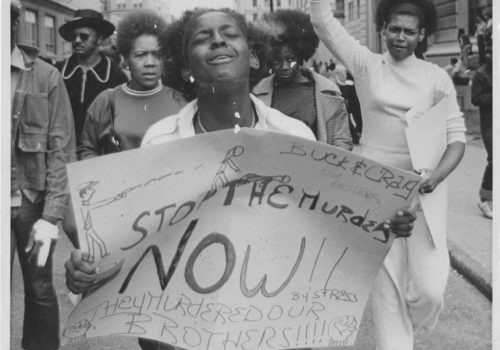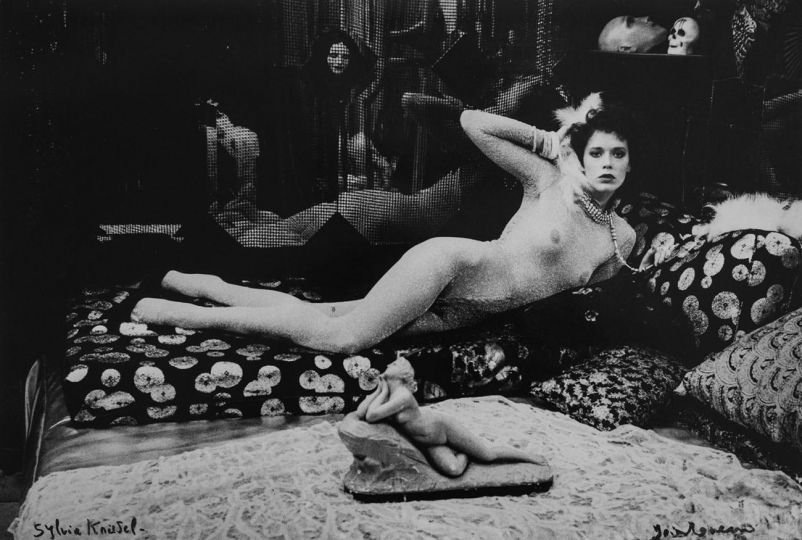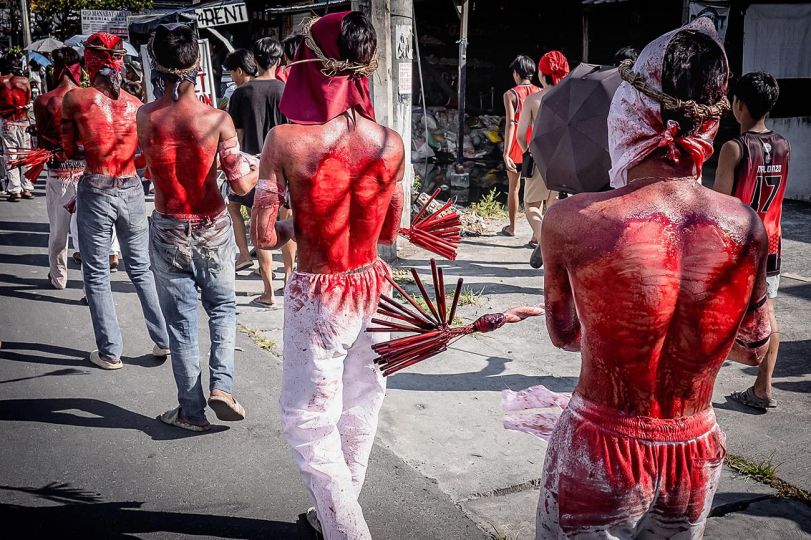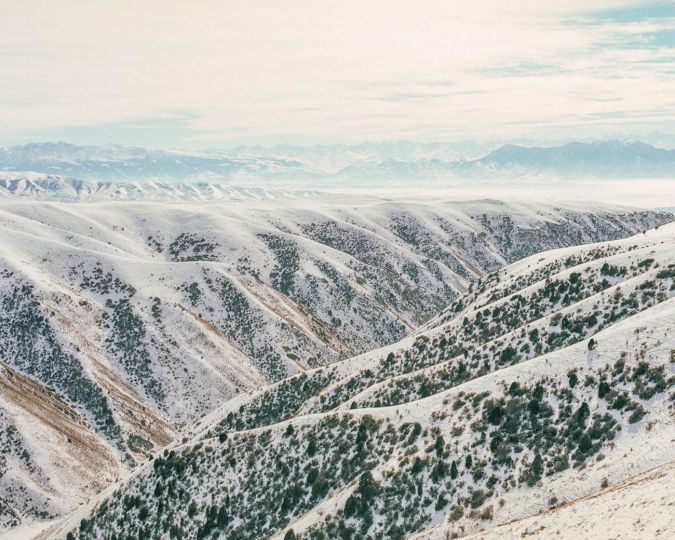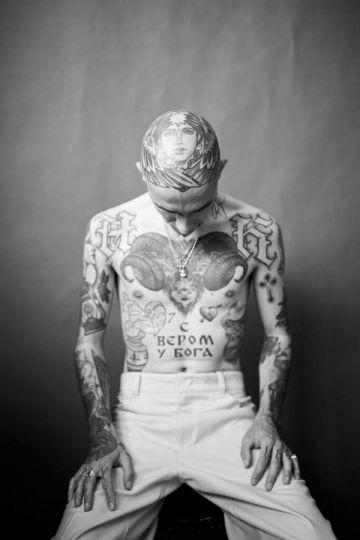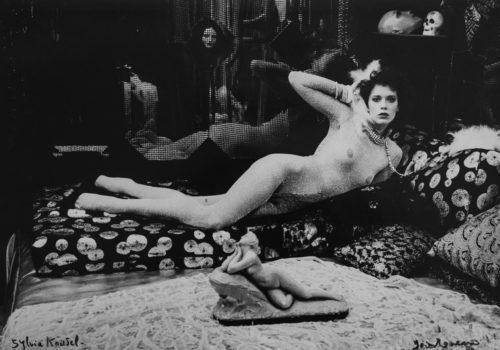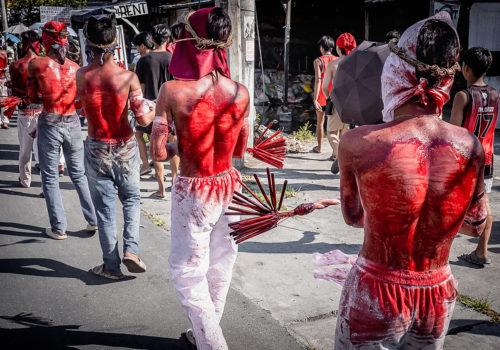According to the theorist of images and philosopher Georges Didi-Huberman, the history of art should teach us to both read images and accept that we can never fully possess them.
In some images we find consolation, or we are drawn to them without being able to name the source of our fascination. Faced with other images, however, we feel compelled to avert our gaze because, as Georges Bataille put it, they make us “bleed inside.” While the image has long been used as evidence, it is essential that we continue to question its power in contemporary societies which are always uncertain about their relationship with reality. This questioning is at the heart of the transdisciplinary exhibition held at the Jeu de Paume National Gallery opening on October 18 and curated by Georges Didi-Huberman. From Goya’s engravings to Roman Singer’s installations, Uprisings takes a critical look at the interpretive models which largely condition our perceptual experience.
In conversation with the Eye of Photography, Georges Didi-Huberman reflects, over the course of five questions, on his relationship with the image, photography, and politics.
As Director of Jeu de Paume, Marta Gili, recalls in her preface to the exhibition catalog, photography and image, in general, represent not only reality but also what is imperceptible to the human eye. Do you position your work at the point of tension between the visible and the invisible?
It is true that my work addresses, above all, the gaze. Images are not standard objects, “objective” objects. For example, it is not enough to say about Thibaut’s daguerreotype, which the Musée d’Orsay was kind enough to loan for the exhibition Uprisings (this is the very first photograph in history that documents an uprising): “this is the barricade in rue Saint-Maur-Popincourt on the morning of Monday, June 26, 1848…” To say that would be to collapse the visible and the legible, that is, to reduce the image to its caption. The caption is clearly very important, but we must look at the image until we also understand what it leaves out, indeed, what it renders invisible. We know that hundreds died on that spot, but the image does not show that. An image is always lacking with respect to what it shows: it is lacunary, if only because it has been framed.
In the case of the daguerreotype, there are also technical conditions, such as the unavoidable blurring resulting from the prolonged time of exposure. However, I would add something else to this “tension between the visible and the invisible,” a third term: in the image there is also visual excess, and this is often what touches us, albeit unwittingly. In the case of this photograph, the ghostly character of the image is not merely a defect: there is an entire visual atmosphere we must take into account in our sensory, as well as theoretical, approach.
What first attracts you to an image and what kind of an observer are you? Active understanding of the image plays a fundamental role in your research. What exactly do you mean by the experience of an image?
I love images that leave me speechless. This is the most radical experience when confronting an image. Much of our looking is, in fact, done with words. Words and preconceived ideas compel us to see certain things and constrain us from freely seeing others. In a portrait, we look at the face — associated with a name — but we neglect the “neutral” background, the nameless background. In a movie, we look at the leading actor and forget to be attentive to the extras, to those who are historically “nameless.” I love images that upset these hierarchies. When I say that they leave me speechless, that they astound me, I mean above all that they force me to reformulate my thinking, that is to find new — nonconforming — ways of speaking so that my gaze becomes transmissible thought. This is why the experience of an image presents me with a literary challenge: it is, par excellence, the thing of literature.
You privilege a dialog between works, disciplines, periods. What position do you strive to maintain (in the fields of both art history and aesthetics), since you advocate decompartamentalization, even a total hybridization of disciplines?
Maintain a position, you said? I don’t like this phrase at all! I prefer to be constantly on the move, changing places, crossing boundaries. This means that, for me, every new object of study demands a displacement of skills. I don’t consider myself an expert in anything. A perpetual student, then, forever “in training,” as they say… In concrete terms, this is made possible thanks to the fact that the institution where I work, the École des Hautes Études en Sciences Sociales, does not impose any strict definition of one’s “post.” I am never asked what my next research topic is going to be; this is an interdisciplinary milieu par excellence.
There is an eminently political aspect to your work. Do you see yourself as someone politically engaged? What are the limits of this engagement, and doesn’t it conflict with the imperative not to appropriate images of those who suffer?
I’m having a hard time responding to your question about engagement, because I am not sure what you yourself mean by it… That one’s work stirs things up — whether it’s hierarchies or conformities — is enough for it to have a political dimension, modest as it may be. But I am certainly not an “engaged intellectual” in the sense of being able to stand in front of people and proclaim what one should think about each and every event that is taking place or how one should align oneself… As for “appropriating images of those who suffer,” I hope this is not the impression I give. On the contrary, I try to recover images, to place them within everyone’s reach.
You have said that for there to be an uprising, there must be shared emotions. What is the role of tears in the revolutionary process? Is the revolt synonymous with the empowerment of peoples?
Well, it’s clear that you won’t become empowered if you sit and wait for whoever is taking advantage of you — of your time, of your labor, etc. — to renounce their privileges… I have a hard time imagining that eighteenth-century owners of cotton plantations would have suddenly become abolitionists. It was necessary for the slaves themselves, in their uprising, to take on the values which had prevailed among the citizens in 1789… With regards to tears, they are so closely tied up with the fate of the oppressed that their omnipresence is not at all surprising in the upheavals of history. The question then becomes: can we imagine an emancipatory future, be it through the tears of misery inflicted by human beings on human beings, as we, unfortunately, witness every day?
Interview by Cathy Rémy
Cathy Rémy has been a journalist at Le Monde since 2008, where she features the work of young photographers and emerging visual artists. Since 2011, she has contributed to M Le Monde, Camera, and Aperture.
Uprisings
From October 18, 2016 to January 15, 2017
Jeu de Paume
1 Place de la Concorde
75008 Paris
France
http://www.jeudepaume.org/

